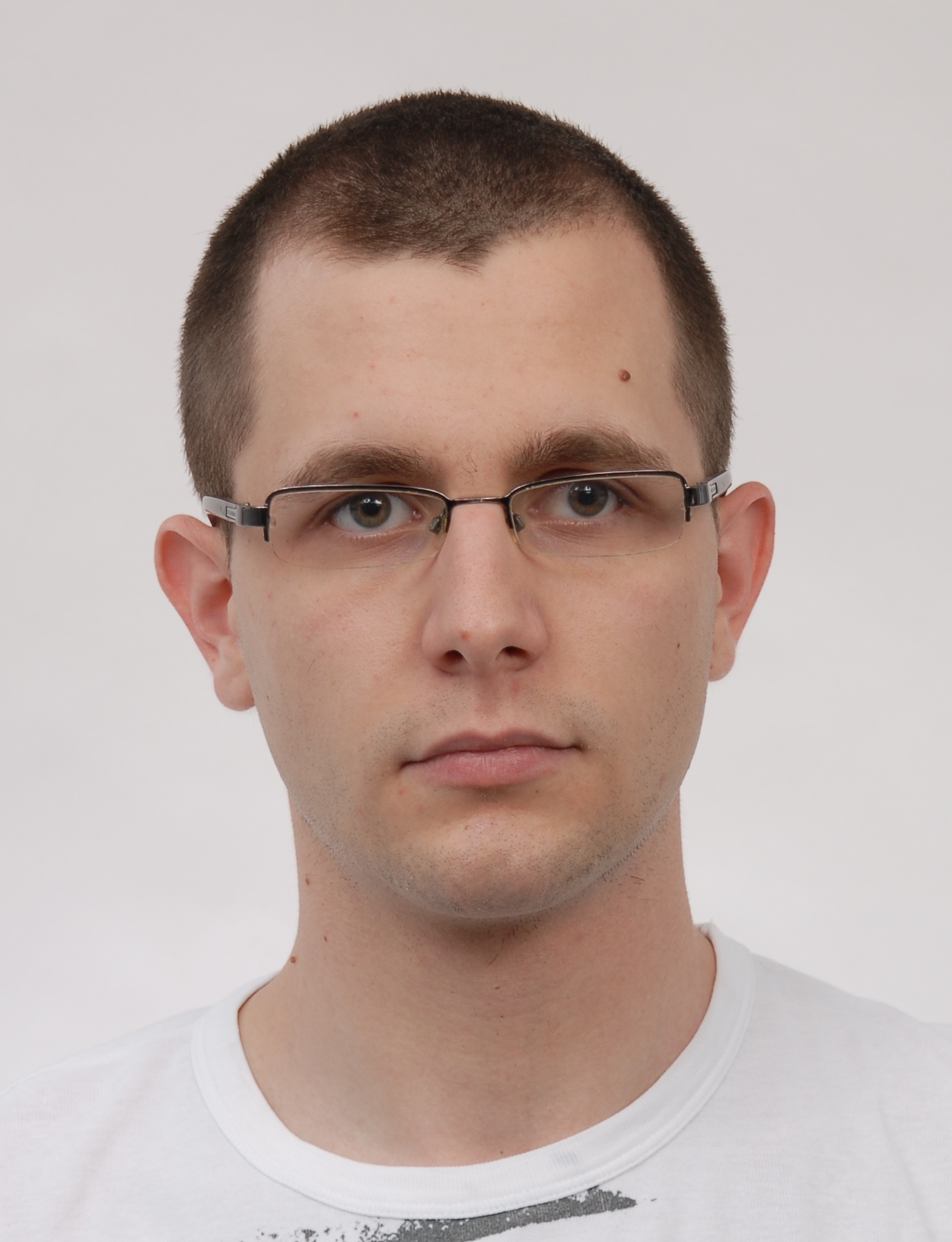 Who are you?
Who are you?
My name is Krešimir Đuretec. I work as a project assistant at the Department of Software Technology and Interactive Systems, Vienna University of Technology with focus on SCAPE and BenchmarkDP projects. I am also pursuing a PhD at the same department.
Your role in SCAPE?
My primal focus in the SCAPE project is in the Planning and Watch sub-project. There, I have been involved in the development of Scout – preservation watch component. Furthermore, I am responsible for the development of the simulation environment.
Recently, I took over the subproject lead so now my responsibilities are shifting from the development to coordination. My task will be to make sure the Planning and Watch sub-project products (Scout, Plato, C3PO, policies) integrate nicely with each other and with other products from the rest of the SCAPE project (repositories, component catalogue, web archives, …).
Why is your organisation involved in SCAPE?
With the knowledge in the digital preservation field and SCAPE being the follow up of the Planets project (where we were also participating) it was a logical choice for Vienna University of Technology to be part of the SCAPE project. The biggest benefit for us, as a research institution, from participating in this project is the contact with potential users of our research products. This enables us to get immediate feedback on our results and also allows us to drive our research towards real users needs.
What are the biggest challenges in SCAPE as you see it?
SCAPE as a big project definitely has a lot of challenges. The two that I would like to point out are large scale content processing and providing the full life cycle of preservation.
With content easily exciding TBs and in some cases PBs today’s organisations need tools which are capable of processing such amount of data in a reasonable amount of time with reasonable resources. We can’t rely just on scaling out because scaling out can be quite expensive. Instead, we need tools that will optimally use available resources.
Even when we solve the first challenge we are only half way through. To be fully scalable we need tools to automatically monitor our content and tools that will notify us when there is a potential risk with our content. Also we need tools which will enable us to make systematic decisions on what to do with our content. Once we have those tools working together then we will be able to say we have a scalable preservation environment.
SCAPE is addressing both of these challenges and already has shown significant progress so I am sure that by the end of the project we will be able to say we have a real scalable preservation environment.
What do you think will be the most valuable outcome of SCAPE?
I see Scout as a tool currently offering us huge potential. The possibility to automatically monitor digital content in a repository and notifying us when there are potential problems with it, such as policy violations, could significantly improve the quality of the preservation process. Furthermore, sharing content information (format distribution, size, … ) with a wider community could reveal some hidden risks (Am I the only institution holding this format?) but also potential opportunities such as two institutions working together on solving a problem with a specific format they both have. Once this happens digital preservation will be on a different (better) level.
Contact information:
Email: [email protected]
Web page: http://ifs.tuwien.ac.at/~duretec/

